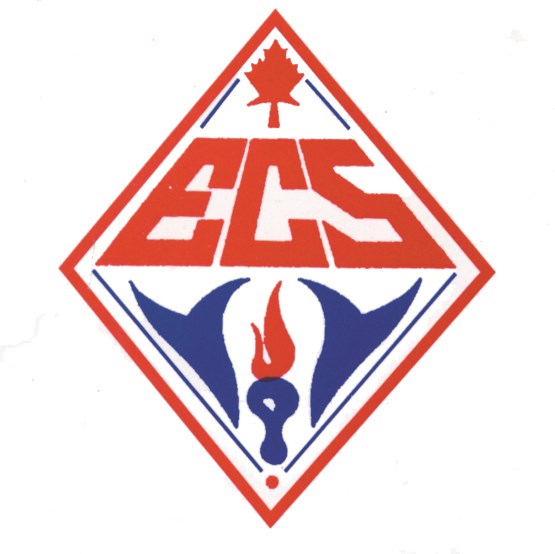The South East Cornerstone Public School Division is seeking advice and suggestions from the various School Community Councils (SCC) in the region.
Marc Casavant, Cornerstone's director of education, along with board members, attended a meeting of SCC members from the five Estevan public schools on Oct. 29, the first of several sessions they were engaged in around the school division last week.
The meeting in Estevan provided the school division an opportunity to place their situation in front of the community councils while asking for some positive input that will help direct them in the near future as well as assisting in putting forth some long-term plans.
"We have been trying to establish a meeting with City officials over the past few months. We tried a couple of times, but both times they were cancelled at the last minute. We're still interested in setting up a dialogue with the City regarding expected growth, where it might happen and how fast it might be," said Casavant.
"The City is planning on growth, so we're asking the questions as to what they might see happening, what they are anticipating, just as we are with the SCCs," Casavant said.
"We will continue to try to arrange a meeting because we believe it's important," he said, especially when it comes to the question of expected growth in school enrollments.
Current school registration numbers indicate that Spruce Ridge is well above expected capacity and Westview School is also at peak numbers while there is still room for more student population growth at Hillcrest and Pleasantdale elementary (K to Gr. 8) schools.
The Comprehensive School is well below capacity with just under 850 students.
Casavant said the board and administration wanted to talk with the community groups to get their advice on anticipated growth, new capital project models, enrollment and space utilization issues while setting a path for analysis and problem solving. There are several long-range situations that the director said are of growing concern.
"The (provincial government) funding model, the way it is, indicates that money will be flowing to high enrollment and high utilization schools, or those with serious health and safety issues and to schools showing certain efficiencies, so that doesn't lead to a lot of promise for funds for South East Cornerstone," Casavant said.
He cited one example, that of ECS, which will be in need of a major facelift very soon, "but how do we get it done based on the current criteria? If they base the capital funding for this school like they do for all the others, how would ECS ever get on a priority list?"
Casavant explained that funding is based on student population and utilization per square foot formulas, and comprehensive schools like ECS that require a lot of space for certain programs, just don't fit the formula.
"They need large spaces, let's say for something like welding classes, and it's probably pretty full with 16 students in each class. That doesn't fit the formula," he said.
On top of that, ECS was built to accommodate as many as 1,200 students, which again, works against the formula.
Casavant said their pending trip to Moosomin will probably show similar problems with the elementary school filled to overflowing while the high school is underutilized.
"That's why we want to see all the SCCs starting to do some visioning so that we, as an administration, and board can see what will impact South East Cornerstone."
The director said he learned at the Estevan meeting that there could be a real growth spurt on the southern edge of Estevan within the next two years, which will obviously impact Hillcrest School, turning it from a facility with additional space, to one that will be cramped.
"If there is that expected growth of 100 or 200 homes, we would expect one-quarter of them at least will be housing families, which could mean an extra 100 kids," Casavant said.
"So there are ongoing problems with calculating utilization rates in schools and we keep bringing that up at our meetings with ministry officials. So far we haven't seen a lot of transparency in regards to how the funding is calculated, so we just keep on asking," Casavant added.
Further problems surface as the one-size-fits-all formulas are applied to facilities with vastly different needs, populations and configurations such as the ECS model, where trades are taught or, as he pointed out, trying to compare the newly built school in Oxbow with the oldest school facility in Alameda where space usage is entirely different.
"So we're asking the SCCs to discuss possible solutions. We have undergone a facility review regarding the integrity and maintenance issues in each of our schools," he said.
There is also a review underway regarding attendance boundaries, which could lead to the shuffling of some students.
The Cornerstone board will be forming an ad hoc committee in November to build terms of reference and a timeline model for future communication with the community councils.
"As we learn more about the capital funding model, I get quite concerned as to how small urban and rural boards are going to get a piece of the (construction/maintenance) pie. How will a small rural or small urban school community ever get a new school under the criteria as it's spelled out now? If we play by the current rules, it's going to be tough. What I do see though is that the ministry is providing leadership in getting some more cards on the table. Now we have to figure out the needs and how to qualify for funding," Casavant said in conclusion.
South East Cornerstone serves a vast geographical area that includes 38 schools and more than 8,100 students.




